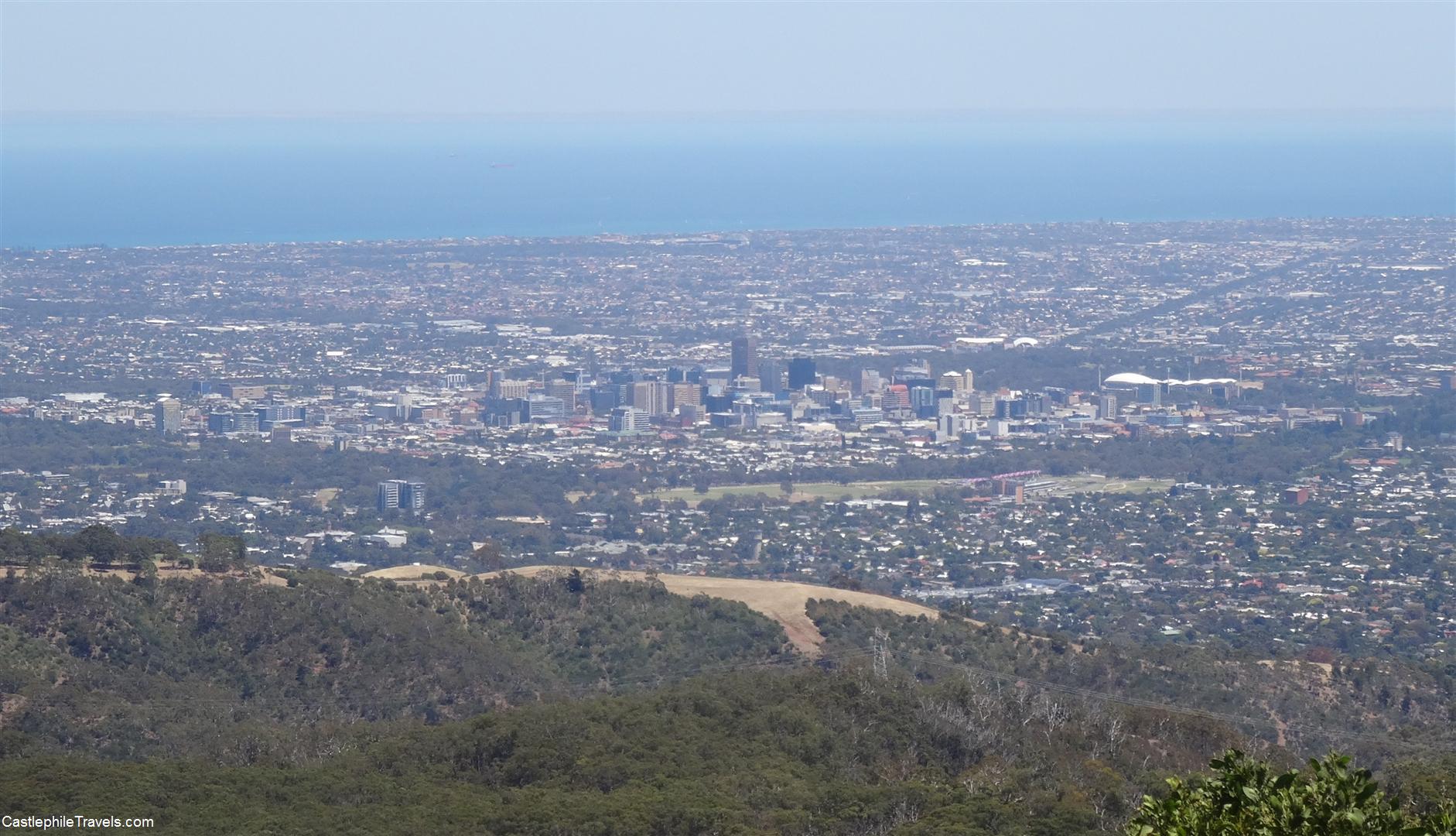
I woke up this morning and could smell smoke. During the night, the bushfire that had been burning at Sampson Flat in the southern Mount Lofty Ranges had grown to six times its size and had been deemed by emergency services to be out of control. Houses had been lost to the flames, and with winds about to pick up to 110 kilometres an hour, it was about to get a whole lot worse.
People who live in the Adelaide Hills are being told to leave immediately as the fire danger grows higher. There are comparisons being made between today’s fires and the fires of Ash Wednesday, the bushfire that devastated the Adelaide Hills in 1983. It’s horrible to think how quickly these fires have grown and I hope everyone in the affected areas keeps calm, follows the directions given to them and stays safe.
It did get me thinking, though. On Tuesday, I was driving through the very townships where people are now being told to leave their homes. How would travellers keep themselves safe in such a situation? Would they know where to go for help, and what resources they have access to in the event of a bush fire?
Here are some things to keep in mind:
Be aware of the risks of travelling to bushfire prone areas. There is always a risk of bushfires starting, especially during the summer months in the states of South Australia, Victoria and New South Wales. High temperatures, strong winds, and dry grass provide the potential for accidental fires to spin out of control. If you’re planning on travelling to these regions, you need to consider what the risk of fire is at your destination, and what you would do if the worst happened.
Note down emergency service contact numbers so you know who to contact and how to contact them should you find it necessary.
Know the fire bans and fire danger risks of your destination. In South Australia, the CFS posts the fire bans and fire danger risks on their website.
Keep an eye on the media and be flexible in changing your travel plans. Emergency services with their own social media channels, online newspapers, radio and television will all contain information about fires in their local areas. If a fire is burning, do not go near the area. Travel plans can easily be changed, and it’s not worth it to risk your life.
Follow the directions of emergency service workers. If the worst does happen and you find yourself in an area threatened by a bushfire, keep calm and follow the directions of emergency service workers. If you are told to leave, leave. Remember that possessions can be replaced, but your life can’t.
The South Australian Country Fire Service has put together a page on things to consider if you’re planning on holidaying in a bushfire prone location.
